
Mandalas have become the scene-stealers of décor – they’re colorful, contemplative, and their expression is limitless. We revere brides who build their own with candles, votives or mercury glass beneath an altar or hire a designer to create one with party favors or florals. These designs welcome, inspire and enthrall guests with their mesmerizing radial patterns. For today’s feature, we’ve called upon a friend, Luna Contributor Melissa Glorieux, from her flower farm in Essex, MA, to help us unpack the art of mandala making. You’re in for a treat – the talent behind Instagram’s The Ritual Mandala weighs in:

Creating Mandalas:
“I work mostly with wild, foraged or locally grown natural materials to create my mandalas, but the same rules apply if you’re making a mandala out of objects, as I’ll often do for a corporate gathering or anniversary party. First, start with the structure. You’ll want anchor items that stand out in some way, like the pom poms seen here, and ideally, they come in sets or multiples of four. Depending on the aspect ratio of the item, they could also act as arms or rays of the mandala, like these fans for example. This approach anchors your creation from the start, so you have something to grow out from and around.”


The Objects:
“Consider using the same type of item differently. For example, laying folding fans open or closed, as we did here, creates a different feeling and expands your palette, even though they are the same thing. You can apply this method to anything – shoes resting on their sole or resting on their side, a cupcake looking from the top down or cut down the middle and laying on its flat side, a crudités plate using long whole carrots rather than sliced in half to show the rings. These variations create texture without disrupting continuity.”

The Dimensions:
“Evaluate your sizes, perhaps using taller, more vertical items toward the center and progressing to shorter and shorter pieces as you work towards the outer edge. There’s a certain tranquility when we stare or appreciate a mandala pattern, and part of that is guiding the eye through an experience. The middle you might consider the heart and lungs, while the outer layers are arms, legs, hands, and feet. There’s an organic flow when you’ve nailed it (and I don’t even always nail it)! The method takes practice, but the process is fun and rewarding no matter what – in this context, there are no mistakes.”

Hero Pieces:
“I always try to have some ‘wow’ pieces, either for the center or in one or two layers of the mandala. I try to feature something that’s unusual, colorful or unexpected. I then add lots of smaller pieces to act as details or accents to tie my vision together. If you know what your ‘hero’ pieces are from the beginning, like some of the bigger paper flowers seen here, you can start with them as well. But sometimes, if you’re building as you go on a beach or in a forest, you may discover a fantastic group of shells, stones or rocks. If your mandala is already half-constructed, figure out how to fit them in! Embrace the spontaneity and work them into the pattern with consideration to their relative size and color – and be happy for your fortune! I never abandon a rare object, especially in multiples. There’s always a home for them.”
Where to Mandala?
“There are so many places to assemble your creation. I like to consider mandalas as a centerpiece or décor accent for an entryway, on a big table, at around a bridal perch. It can be enjoyed as a surprise at a bridal or baby shower in a backyard or on a deck, made with something appropriate for that occasion (think lingerie mixed with tiny lit votives, or onesie’s mixed with paper flowers). Candy or holiday decorations make fun mandala components as well, and at the end of the party, you can invite people to eat one, or take one, or even decorate the tree.”


Letting Go:
“Part of the process of mandala making is letting go – not getting too attached to mandala art. Sometimes, the fact that they are temporary is part of their magic – they’re not meant to last forever, perhaps not even through the night! Be present in building it, and then release it when it’s finished. Many of mine have been swept away by wind or waves, and that’s the nature of them. Enjoy the process while it lasts!”

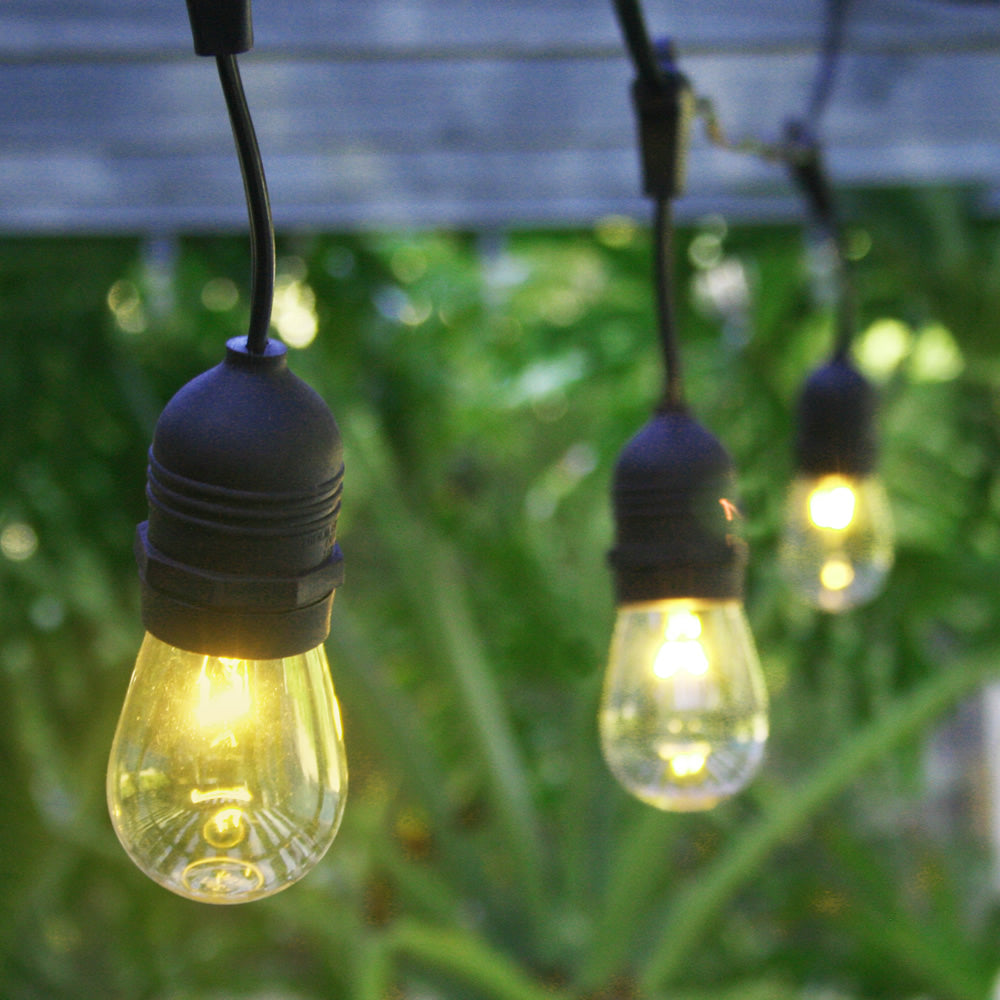
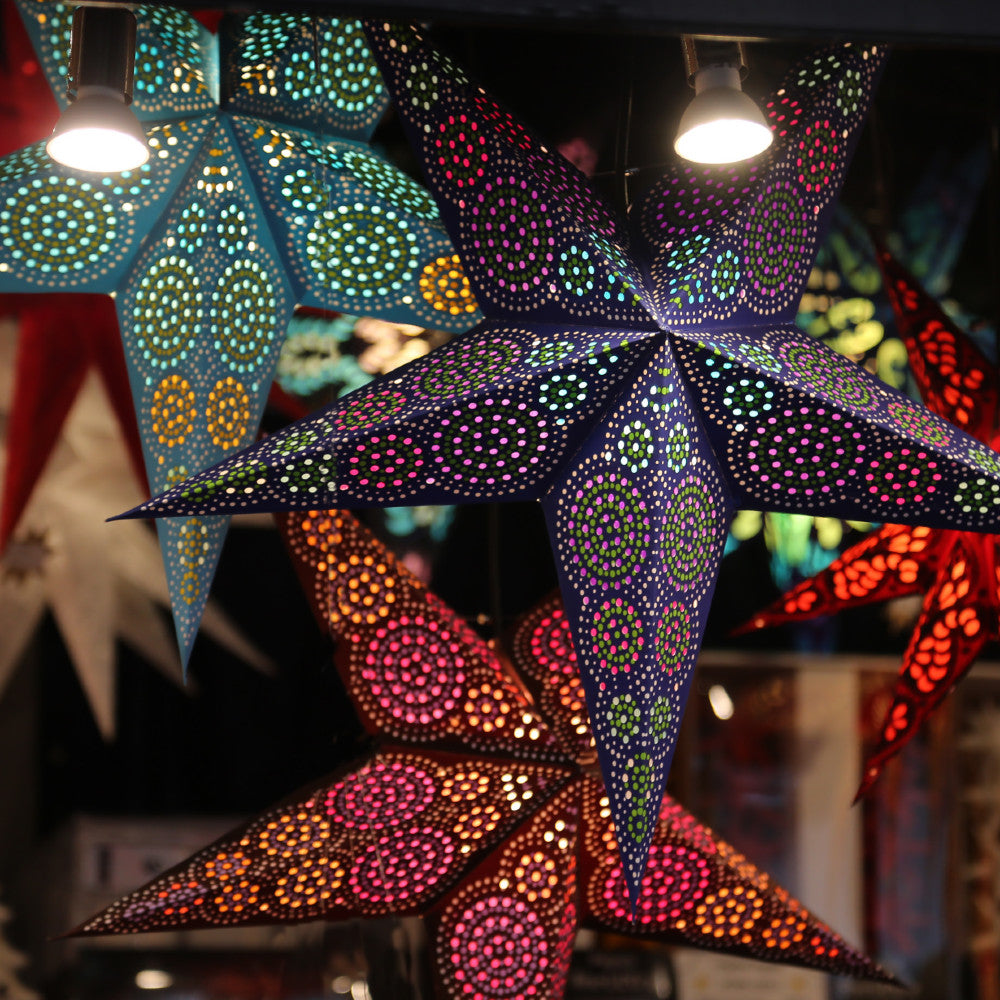
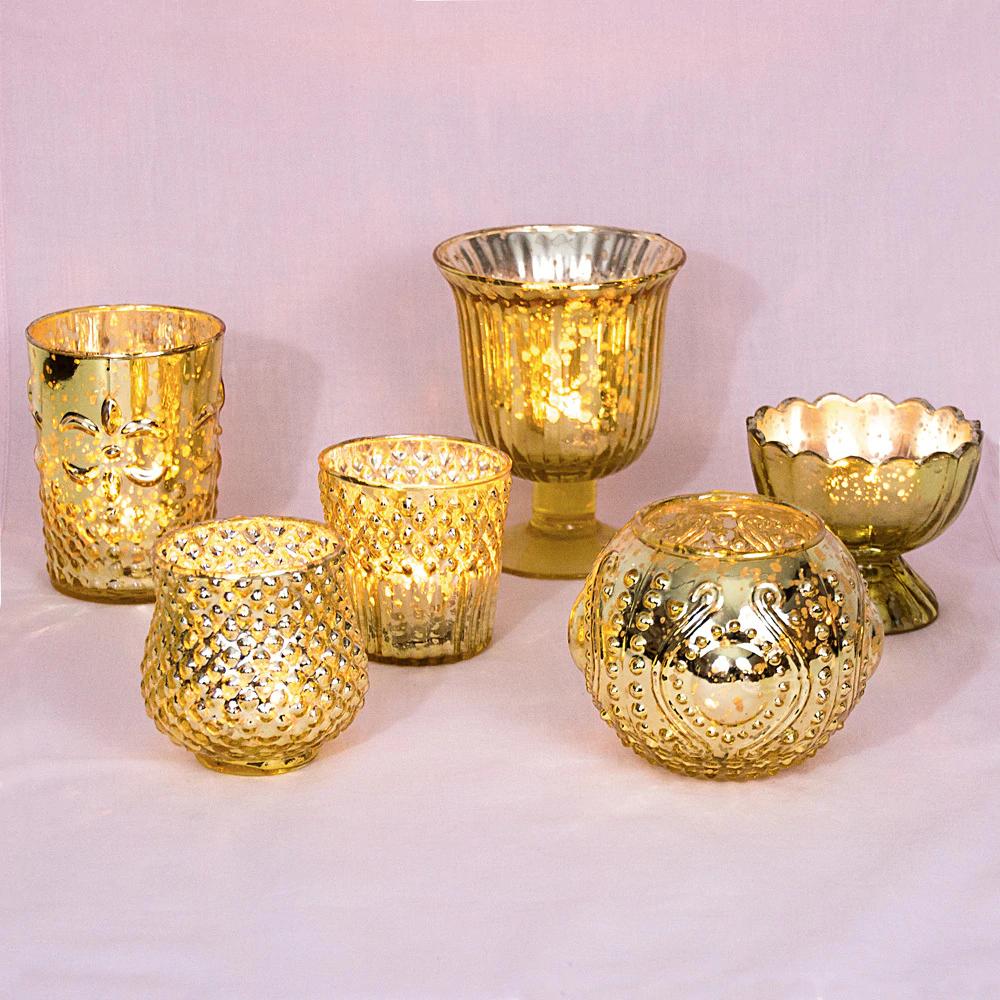
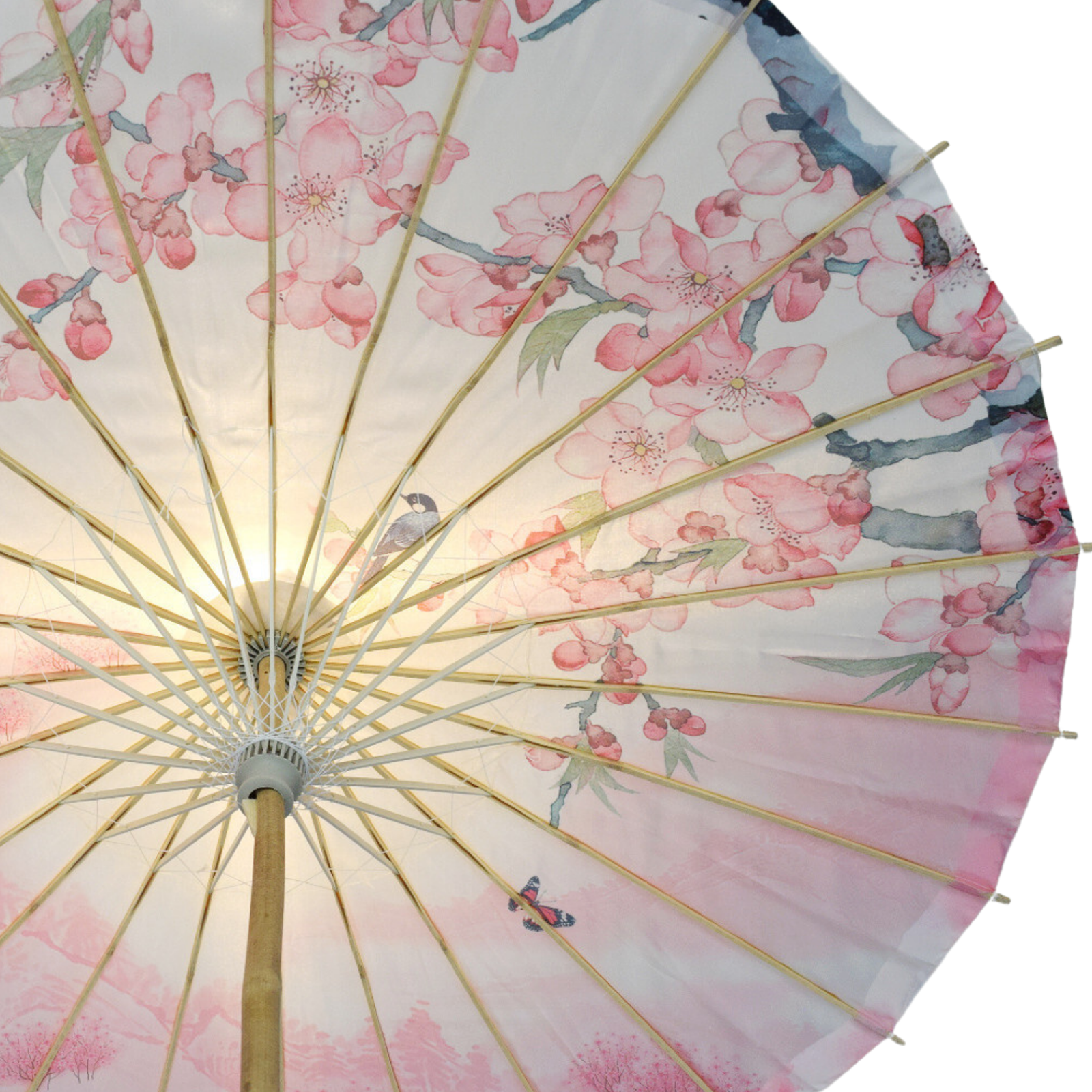
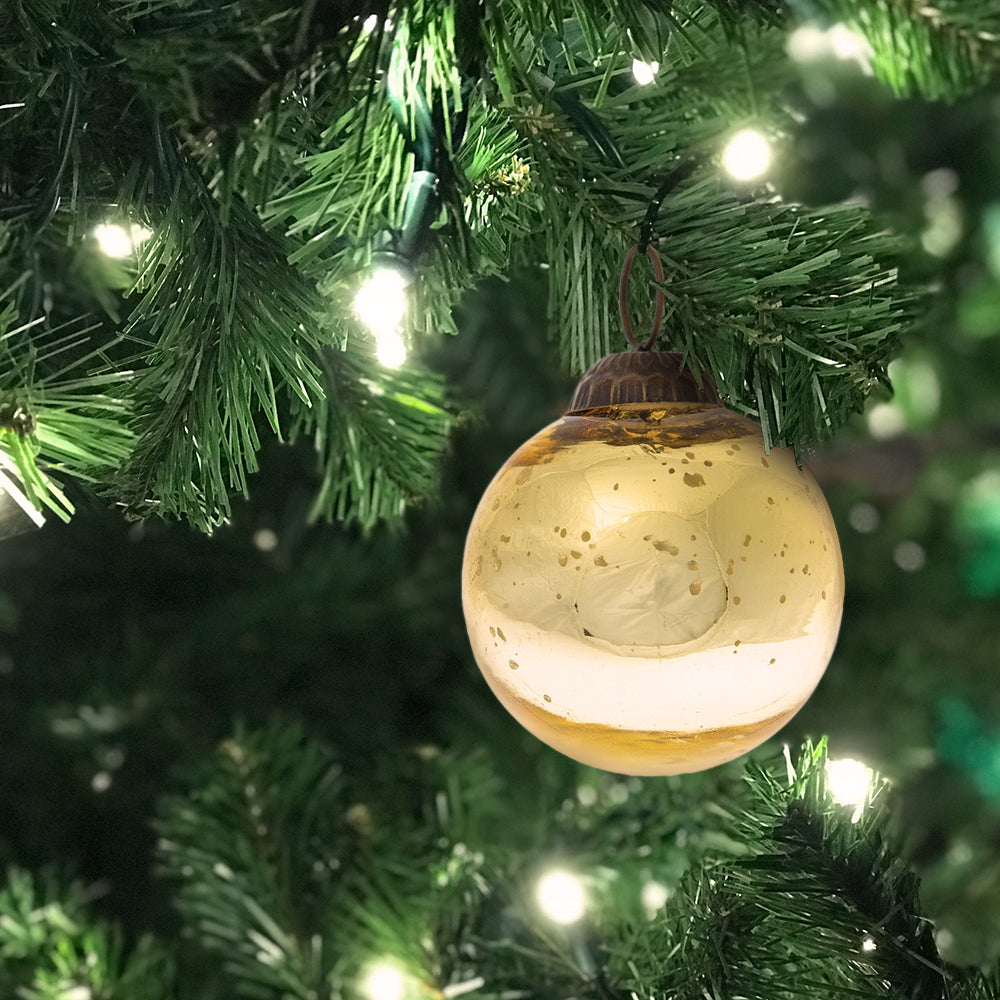
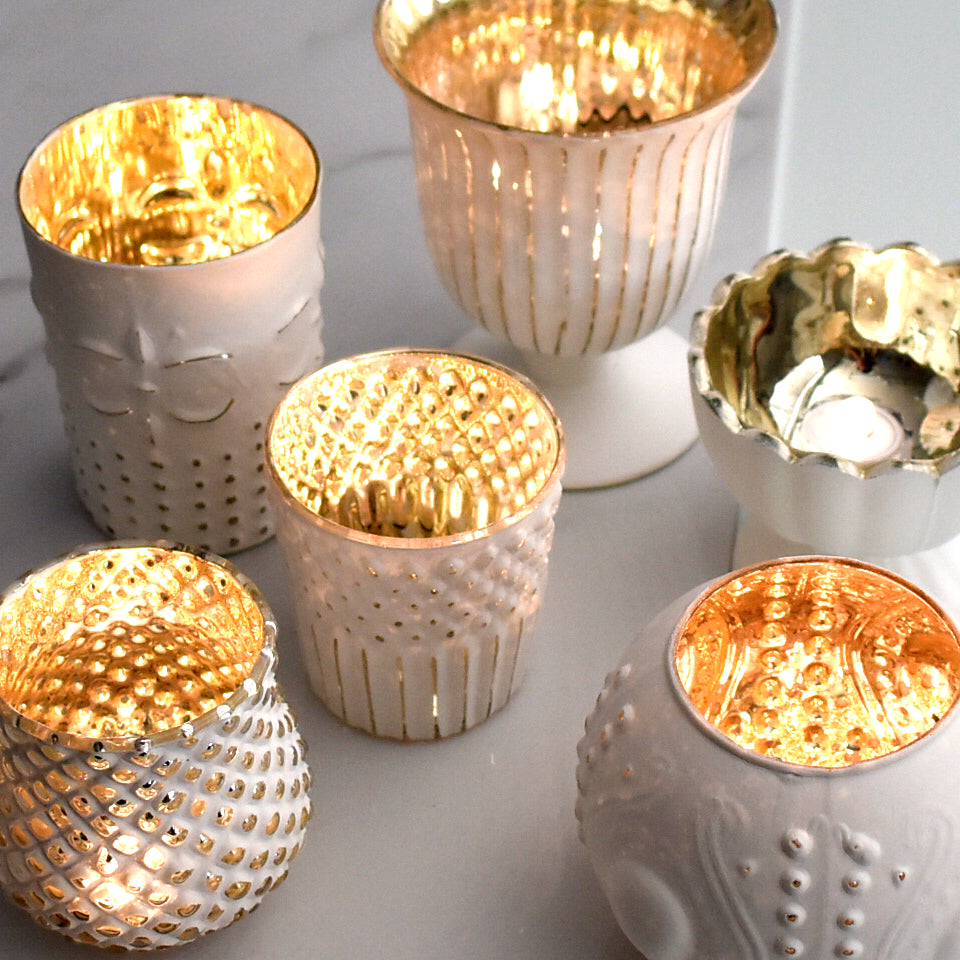

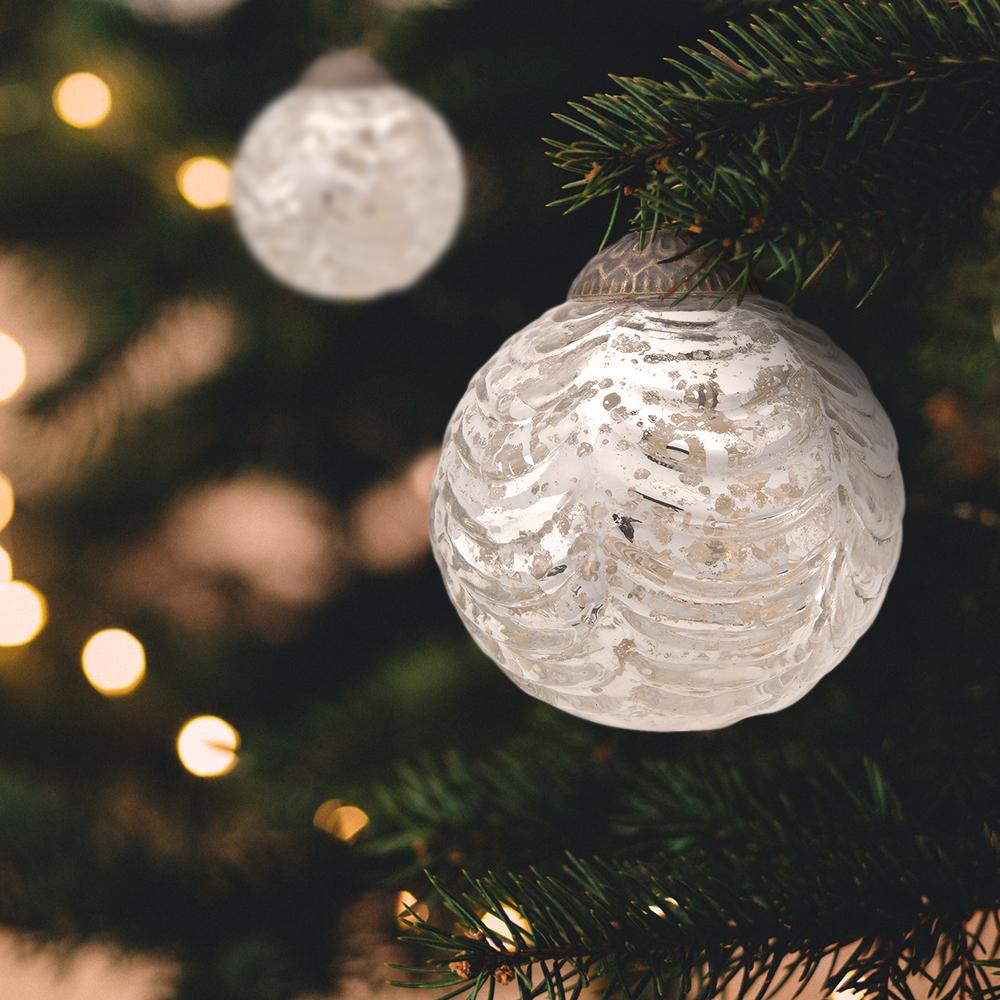
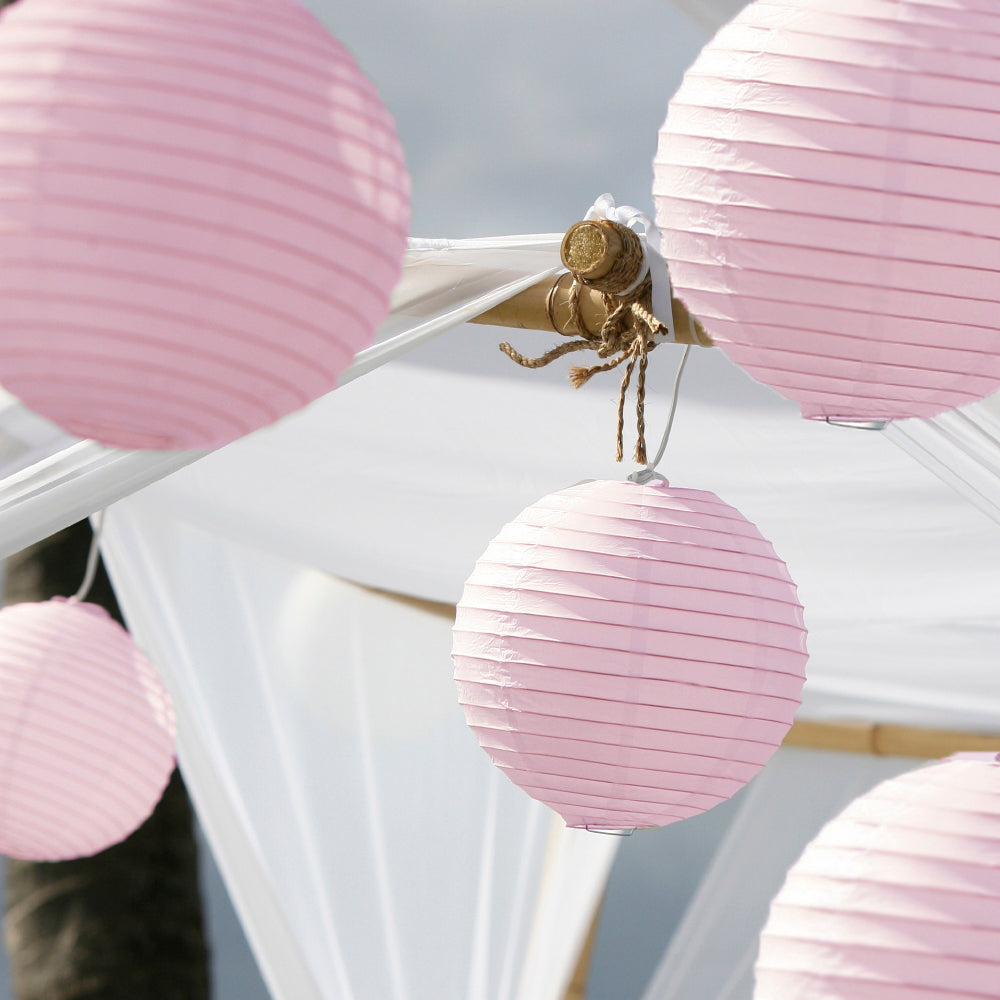


Leave a comment (all fields required)